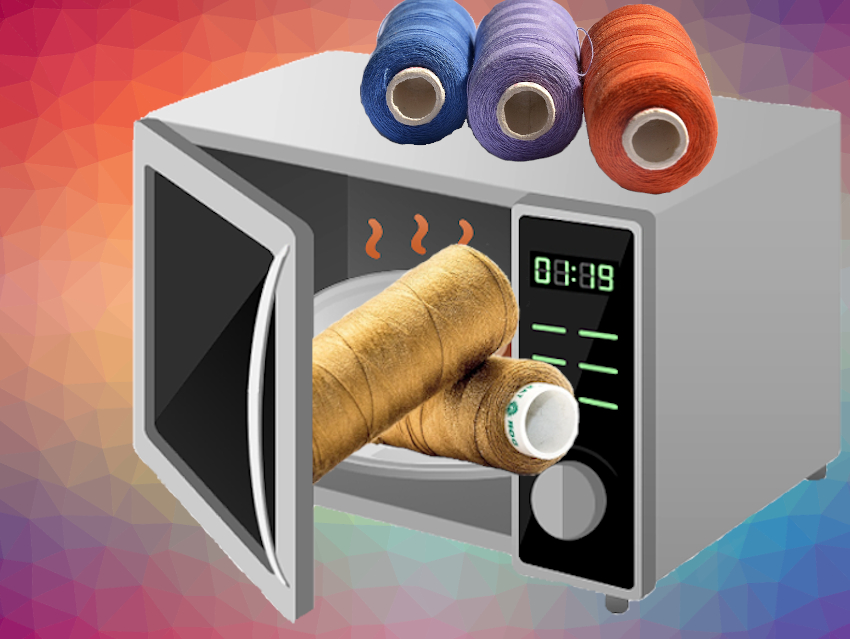Electronic textiles (e-textiles) made of electrically conducting yarns (e-yarns) are of interest for the production of wearable electronics. They can, for example, be produced by the pyrolysis of silk proteins. When silk proteins are exposed to heat, they are transformed into sp2-hybridized carbon hexagonal structures and lose heteroatoms. This process, however, consumes a high amount of energy due to the high temperatures needed (800 to 2800 °C).
Byung Hoon Kim and Jun Woo Jeon, both Incheon National University, Korea, and colleagues have developed a microwave-assisted approach for the preparation of e-yarns. The team pretreated commercial silk pyroproteins at 650 °C. This led to a reduction of the amount of oxygen in the structure, but the electrical conductivity of the product was poor. When it was subsequently irradiated with microwaves (700 W), conductivity increased by 5 orders of magnitude, without the need for further heating or the use of chemical agents.
According to the researchers, the electrical conductivity of the produced yarn was comparable to e-textiles that were heat-treated at 1000 °C. In addition, the microwave-produced e-yarn shows good stability and flexibility under bending, which makes it interesting for applications.
- Commercial Silk-Based Electronic Yarns Fabricated Using Microwave Irradiation,
Deokgyu Na, Junsik Choi, Jaehee Lee, Jun Woo Jeon, Byung Hoon Kim,
ACS Appl. Mat. Interfaces 2019.
https://doi.org/10.1021/acsami.9b08873




